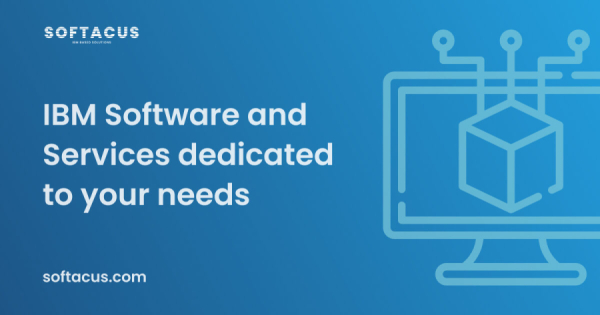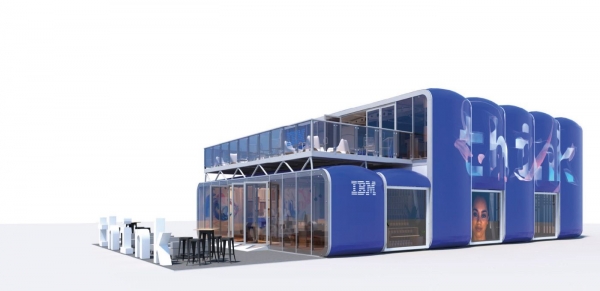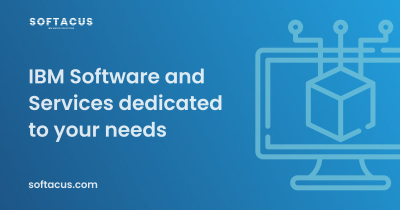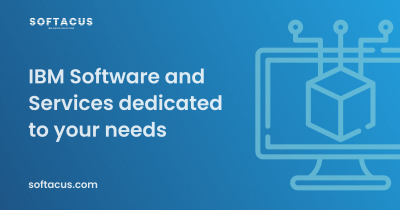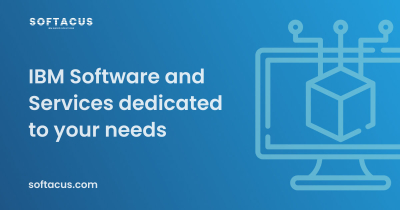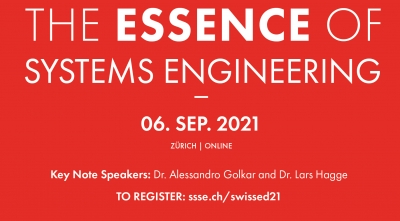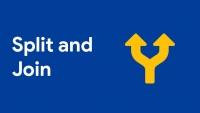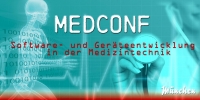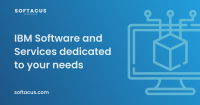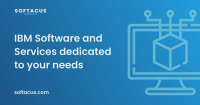So you have applied the latest iFix as that is the best praticse for your CLM/ELM environment just to find out your widgets have stopped working and you cannot find what could be the cause of the problem?
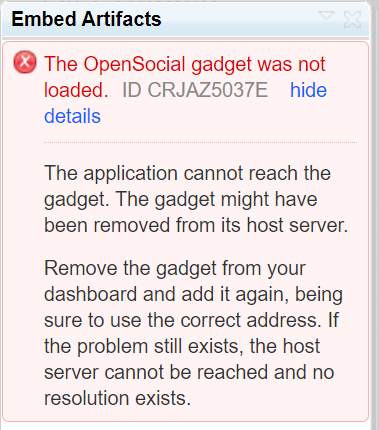
With the new iFixes starting from versions ELM 7.0.2 iFix004, ELM 7.0.1 iFix009, CLM 6.0.6.1 iFix018, and CLM 6.0.6 iFix022 the IBM has implemented new security measures to prevent Server-Side Request Forgery (SSRF) vulnerabilities.
This measure has changed the behavior of all OpenSocial gadgets and RSS feeds that fetch content from an external service or location which results in errors when trying to add widgets to your side-panel or dashboard that worked flawlessly before.
Solution?
In order to fix this issue and get your widgets working again you need to add the location (URLs) of your extension hosting servers into jazz "allowlist" first.
You can find the allowlist in JTS application in Admin menu. Navigate to "Advanced properties" and search for "allowlist".
Here add all URLs resolving to your hosting servers separated by comma without space. (You can type in an asterisk "*" instead to allow all traffic.)

After this step you need to also add required URLs to the whitelist of CLM/ELM application that you are using your widgets with.
For example if you want to add your widgets to RM applications, navigate to https://yourdomainame.com/rm/admin.
At the bottom of the side-menu click on "Whitelist" and add the required URLs here one by one.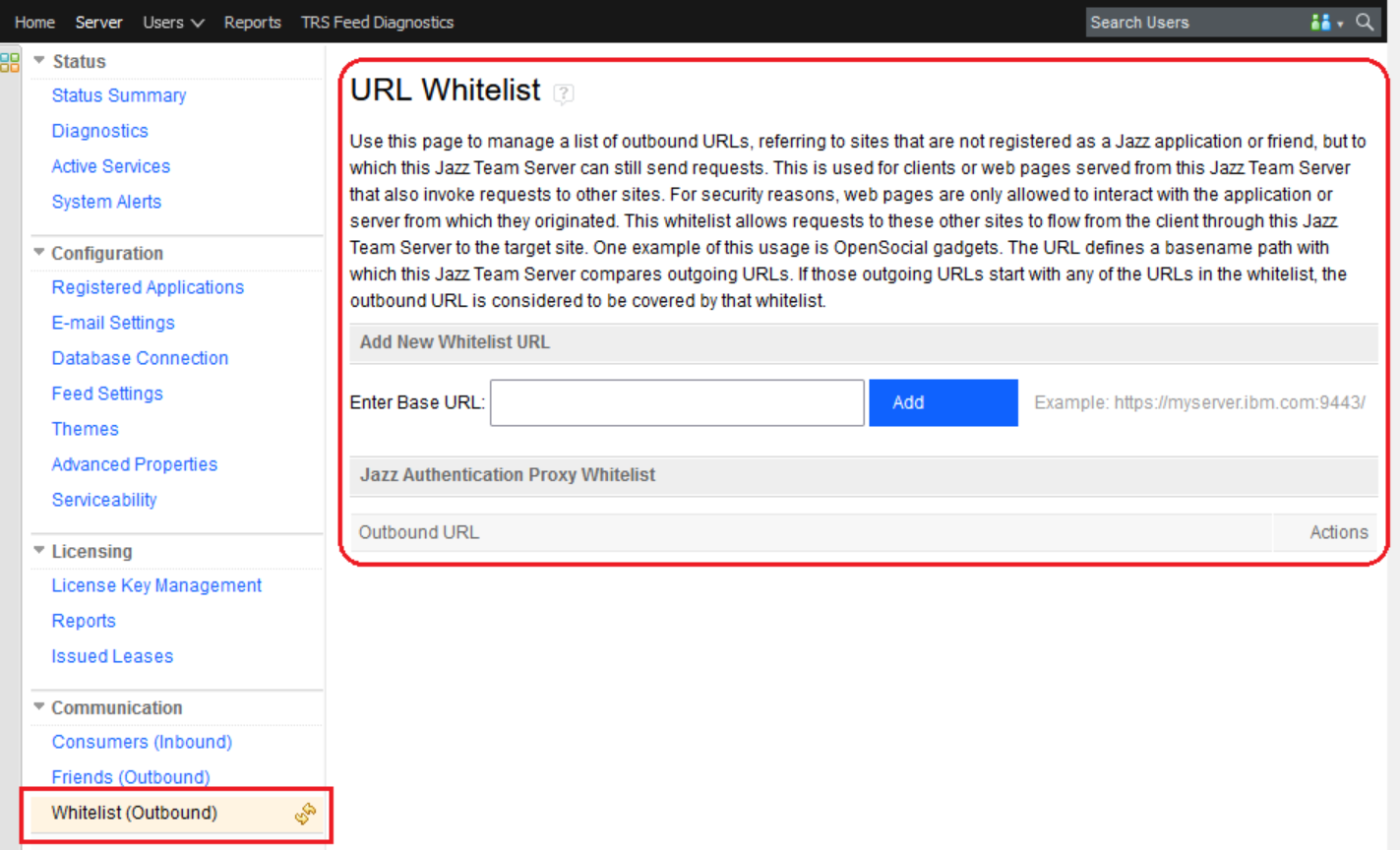
Now you may continue working with your widgets.
*It may take up to 10 minutes to take changes into effect.
* If you want more information regarding this measure, visit https://www.ibm.com/support/pages/node/6466981
IBM innovation meeting
September 8, 2021, IBM Think Pop-up, Königsplatz, Munich
Compliance, automation, and quality assurance in the automotive industry. The IBM Innovations-Treff at the IAA offers short, concise insights into current technology topics for decision-makers who are driving the automotive industry forward: engineering, traceability, German Edge Cloud in production.
What can you expect?
Compliance in automotive engineering
Learn more about IBM Engineering Lifecycle Management (ELM) - the leading platform for complex product and software development.
You can find more information about ELM here
Blockchain in the automotive industry
Use the case study at Renault to learn how IBM Blockchain can be used to exchange data reliably and work across borders with partners and customers.
Speakers
Ruben Rex
Harald Robok
Bernd Kremer
Eduard Erhart
Peter Schedl
Agenda
We look forward to welcoming you to the live stream of the IBM Innovations-Treff live from the Think Pop-up on Königsplatz as part of the IAA Mobility 2021! If you are interested in on-site participation, please feel free to contact This email address is being protected from spambots. You need JavaScript enabled to view it..
10:00 - 10:10
The automotive industry in motion
10:10 am - 10:30 am
Compliance in automotive engineering
10:30 am - 10:50 am
Blockchain - The digital handshake quality for customers and partners
10:50 - 11:00
Break
11:00 am - 11:20 am
Quality assurance in production - visual inspection
11:20 - 11:40
Hybrid cloud solutions for automotive production with German Edge Cloud (GEC)
11:40 am - 11:45 am
Closing words
11:45 am - 11:45 am
End of the event
IBM Engineering Lifecycle Management Symposium and Open Labs - Morning Session
Sep 27, 2021 from 08:00 AM to 11:30 AM (PT)
The IBM Engineering Lifecycle Management Symposium and Open Labs provides opportunities for you to:
Better understand the purpose and capabilities of IBM’s Engineering Lifecycle Management (ELM) solution,
Gain insights regarding the ELM development roadmap,
Identify new ways that you can use ELM to make you more effective on the job, and
Perform hands-on exploration to dive into aspects of ELM that are of particular interest to you.
This event is tailored and customized for Hill Air Force Base and it on base contractors such as Northrop Grumman, Lockheed Martin, SAIC, BAE Systems, etc. The public is also invited to attend the the Symposium of presentations. The Virtual Workshops are reserved for Hill AFB personnel and its contractors.
Event Roadmap
Day 1 – September 28 – participate in the IBM Engineering Lifecycle Management Symposium. The Symposium provides eight illuminating technical sessions regarding ELM foundations, future ELM development plans, and how you can use ELM to accelerate your success in addressing practical systems engineering and software engineering challenges. Question and Answer session to follow each presentation.
Days 2 or 3 – September 29 or 30 – sign up for and participate in one of our 4-hour hands-on Open Labs sessions. You will select and perform one or two of our 25+ Quick Start guided exercises, each of which enables you to use one or more of our ELM tools to perform select use cases. You also will learn how you can later request and use your own personal Cloud-based ELM environment, so that you can further explore ELM by performing other Quick Start exercises that interest you. For registration of the workshops please email Gary Hayes at IBM <This email address is being protected from spambots. You need JavaScript enabled to view it.;. Gary will confirm which session you're registered for. There will be morning and afternoon session on September 29 or 30.
Summary
8:00AM Start: Mark Kovich of IBM - Logistics of Event
8:05AM Opening Remarks: Evan Edwards of Hill Air Force Base
8:10AM Additional Comments of Symposium Workshop: Gary Hayes of IBM
8:15AM ELM and ELM’s Support for Digital Engineering: Sky Matthews of IBM - CTO for ELM
The Digital Engineering (DE) revolution
Introducing OSLC, a DE enabler
9:00AM How ELM and OSLC help enable the DE revolution ELM Investment Themes and Roadmap: William Streit of IBM -Director ELM Offering Management
- ELM’s strategic focus
- ELM Development Roadmap
10:00AM System of Systems Mission Modeling with the Unified Architecture Framework: Eran Gery of IBM - Distinguished Engineer for Aerospace & Defense and MBSE
- Introducing the Unified Architecture Framework (UAF)
- UAF implementation in IBM Rhapsody
- Leveraging the UAF for Mission Modeling
- Integrating UAF and SysML models using Rhapsody Break 1045 Integrating Systems and Safety Modeling
11:00 AM The importance of addressing risks and safety concerns during systems engineering: Eran Gery of IBM - Distinguished Engineer for Aerospace & Defense and MBSE
- Introducing hazard analysis, fault tree analysis (FTA), and failure mode and effect analysis (FEMA)
- Extending SysML with safety modeling
- Integrating systems modeling and risks and safety modeling using Rhapsody
Location
Online Instructions:
Url: http://event.on24.com/wcc/r/3369821/4F60898360585CCDF85EADE4C868DF8C
Digitizing engineering in the A&D industry
Sep 15, 2021 from 11:00 AM to 11:30 AM (ET)
IBM and VDC Research will discuss the development challenges affecting the A&D industry and the impact of adopting a digital engineering strategy to help accelerate product development, lower costs, and improve quality across both hardware and software engineering.
Location
Online Instructions:
Url: http://event.on24.com/eventRegistration/EventLobbyServlet?target=reg20.jsp&partnerref=IOTcommunity&eventid=3347510&sessionid=1&key=9D3D7B3910E0A55D3E5882E09C7DDBC8®Tag=&V2=false&sourcepage=register
Login: Register using link above
Ask Me Anything: Cognos Analytics – July Edition
Sep 14, 2021 from 11:00 AM to 05:00 PM (ET)
IBM Cognos Analytics is a powerful AI-infused self-service analytics and operational reporting tool with a wide range of use cases - so much so that we're constantly getting questions about capabilities. If you're wondering 'Can Cognos Analytics do that?', we have a webinar series for you!
Join our Cognos Analytics Offering Management team live at the beginning of each month to ask and get answers to your most pressing Cognos Analytics questions. If you like product roadmap sneak previews, don't worry - we'll be sharing those, too.
Register now and join us for a lively session where you can ask anything on your mind!
Speakers
Chris McPherson, Program Director – Product Management Leader, Cognos Analytics
Rachel Su, Product Management, Cognos Analytics - Reporting
Matt Denham , Product Management, Cognos Analytics - Dashboarding
Zach Taylor, Product Management, Cognos Analytics – Data Preparation
Anastasia Komarova, Product Marketing, Cognos Analytics
SWISSED 21
September 6
For another year, Softacus was a Gold sponsor of SWISSED - an annual Symposium of the Swiss Systems Engineering Society, which was held on 06. September 2021 in Zurich as a hybrid event with both physical and online attendees.
We were onsite presenting the IBM Engineering Lifecycle Management products - IBM DOORS Next Generation, IBM Test Management, IBM Workflow Management, and more.
It was nice talking to all participants stopping by our booth and exchanging ideas on System Engineering.
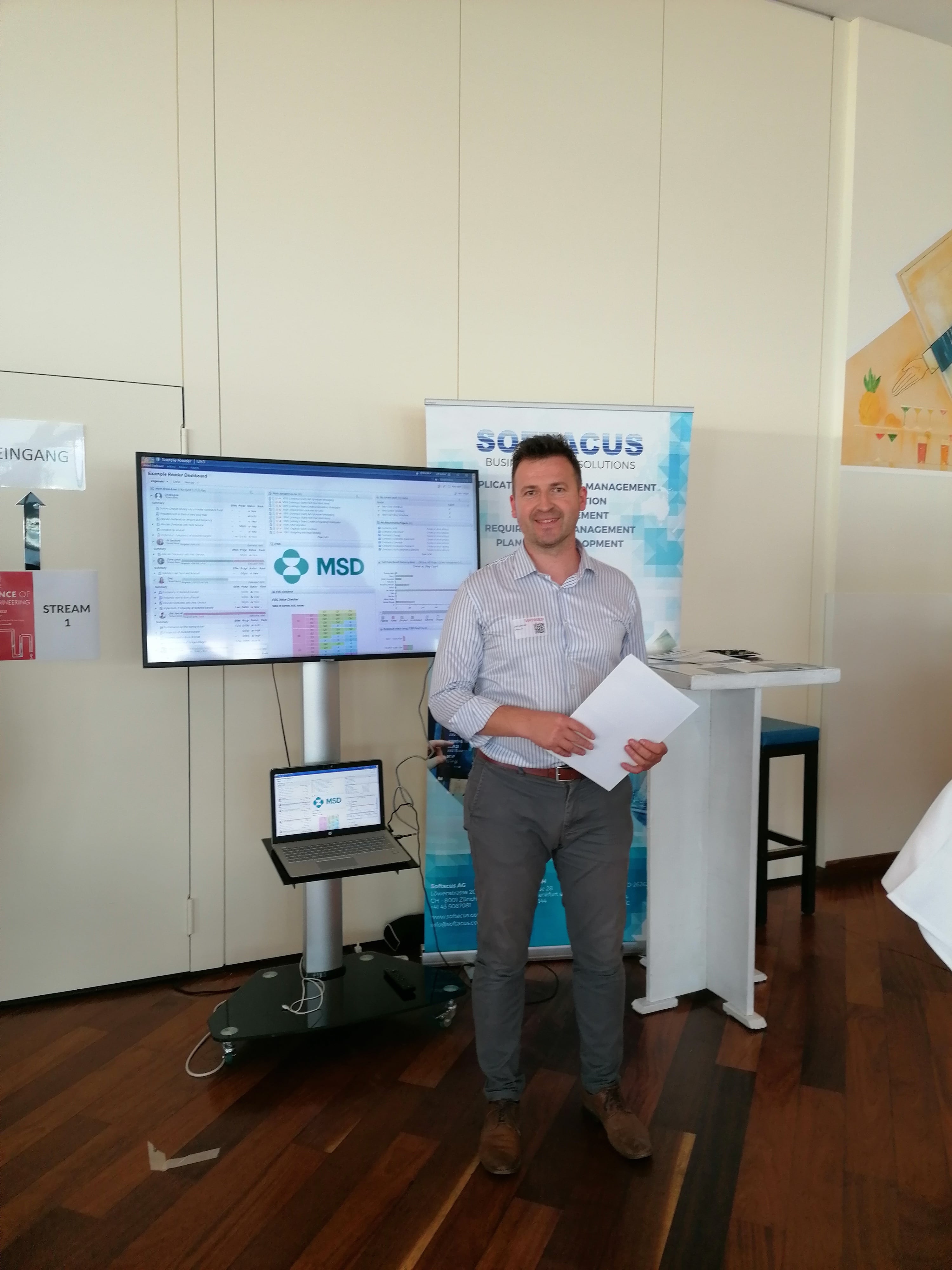
We look forward to seeing you next year again at SWISSED.
MedConf 2021, Munich, Germany
19. - 21. October
Softacus will be an exhibitor at this year's MedConf which will take place again as a hybrid event – participants can choose whether to attend the conference online or onsite in Munich from 19 – 21. October 2021.
We will be onsite, presenting IBM Engineering Lifecycle Management for Medical Devices (https://softacus.com/solutions/solutions-for-systems-and-software-development-for-medical-devices)
On 20. October at 16:30, Peter Shedel and Eran Grey (IBM Germany) will give a speech on the Digital Engineering of Medical Devices. (Put this link https://www.medconf.de/vortraege-2021/schedl-gery.html)
For more information about the event and to register, please visit https://www.medconf.de/home.html
We will be happy to meet you personally or online at MedConf 2021!
This article describes out-of-the-box and custom solutions for tracking the changes between the configurations. You can learn how to use Configuration Comparison feature and how it works, but we also described some custom developed solutions by Softacus.
Virtual Engineering Conference
Mon September 20, 2021 10:00 AM - Thu September 23, 2021 01:00 PM ET
In this webinar, we will explain how product family management is carried out across the lifecycle from Systems to Software engineering. Today's complex systems are often delivered across multiple markets
Starts: Sep 20, 2021 10:00 AM (ET)
Ends: Sep 23, 2021 01:00 PM (ET)
Click Here for detailed agenda and to register
Please join us for this free event. This event offers 16 information-packed sessions across four half-days.
This virtual conference will include 4 presenters per day. Each presentation will be 30 minutes plus an additional 15 minutes for Q&A. Here is the lineup.
At this event engineers, software teams, quality, and project managers can learn about ways to use our solutions, hear user case stories, as well information into our future plans.
Reasons to attend
Learn about the IBM Engineering solutions for software and systems development. Gain knowledge on IBM Engineering application for Agile development as well as Engineering Lifecycle Management, Test, Requirements Management, Quality, and more.
Who should attend
Software and Product Development professionals whose success depends on their ability to deliver software and deliver products.
IBM Engineering Lifecycle Management (ELM) is the leading platform for today’s complex product and software development. ELM extends the functionality of standard ALM tools, providing an integrated, end-to-end solution that offers full transparency and traceability across all engineering data. From requirements through testing and deployment, ELM optimizes collaboration and communication across all stakeholders, improving decision-making, productivity, and overall product quality.
Location
Online Instructions:
Url: http://event.on24.com/wcc/r/2627503/E1A9A60DAA7F6FD66D5B37DF9B6EA70F/2780622
More...
Webinar - Overview of Agile Practices for Model-Based Embedded Software Development
Thu September 16, 2021 | 09:00 AM - 10:00 AM PT
Model-driven development (MDD) and agile methods are often seen as being “at odds” with each other, especially in the world of safety-critical, high-reliability systems. MDD practitioners feel that agile is too unstructured to result in reliable and safe systems, while agile practitioners complain about doing work that isn’t directly writing or testing code. In actuality, they can be considered complementary approaches that bring their own strengths to bear for the development of high-quality software for embedded systems. Modeling brings strong notions of design, a single source of truth, traceability to other work products (such as requirements and standards), and automatic code generation. Agile methods bring incremental development, continuous testing, and a whole host of best practices for the development of software-related work products. This talk will address many of the most important agile/model-driven practices for the development of embedded software systems.
Our Presenter: Dr. Bruce Douglass of Mitre Corp.
Senior Principle Agile Systems Engineer - Mitre Corp Bruce has worked as a software developer and systems engineer in real-time systems for over 30 years and is a well-known speaker, author, and consultant in the area of real-time embedded systems. He has been on the Advisory Board of the Embedded Systems and UML World conferences where he has taught courses in systems engineering, project estimation, and scheduling, project management, object-oriented analysis and design, communications protocols, finite state machines, design patterns, and safety-critical systems design. He develops and teaches courses and consults in real-time systems and software design and project management and has done so for many years. He has done extensive consulting, specializing in real-time safety-critical systems developments, especially in the industries of aerospace, defense, medical, and automotive. He has authored articles for many journals and periodicals, especially in the real-time and embedded domain.
More information
Location
Online Instructions:
Url: http://event.on24.com/wcc/r/3357398/7A826A72A0BCCE96872F3100CEFA542A
Webinar - Product line engineering with the ELM Platform and Pure-Variants
Thu August 26, 2021 | 09:00 AM - 10:00 AM PT
In this webinar, we will explain how product family management is carried out across the lifecycle from Systems to Software engineering. Today's complex systems are often delivered across multiple markets, budgets, and customers. This requires designing products as families, starting at the systems engineering phase and then propagated into component implementations at the software and electronic levels. This requires managing a variability concept that is integrated with the solution architecture and implementation concepts. We will explain and demonstrate how this is incorporated as part of an overall digital engineering process, across requirements, model-based analysis and design, test management, and then software implementations. We will also demonstrate how different variant configurations are maintained and synchronized with the product family assets.
Presenters: Eran Gery and Andy Lapping of IBM
More information
Location
Online Instructions:
Url: http://event.on24.com/wcc/r/3323681/D006C62408FD63D399A7E1812D63F85E
Webinar - Traceability between Requirements and Test Management
What's the biggest value to automating the connection between requirements and test management? What problems will we solve by improving the connection between requirements and test cases? ...
Thu August 12, 2021 | 10:00 AM - 11:00 AM PT
Agenda:
- What's the biggest value to automating the connection between requirements and test management?
- What problems will we solve by improving the connection between requirements and test cases?
- How it works with DOORS 9.x or DOORS Next and Test Manager
- What is the best way to implement this solution?
- Client case study
Our Presenter:
Brain Lahaie - Brian is an IBM Technical professional skilled in development tool integrations, requirements analysis, test automation, and product line engineering. Brian brings over 20 years of experience helping A&D, Automotive, Electronics, and Oil&Gas companies' get better outcomes with their engineering, development, and delivery efforts
More information
Location
Online Instructions:
Url: http://event.on24.com/wcc/r/3336376/E374E8E64BE48E33E31F9EAC61C97F93

